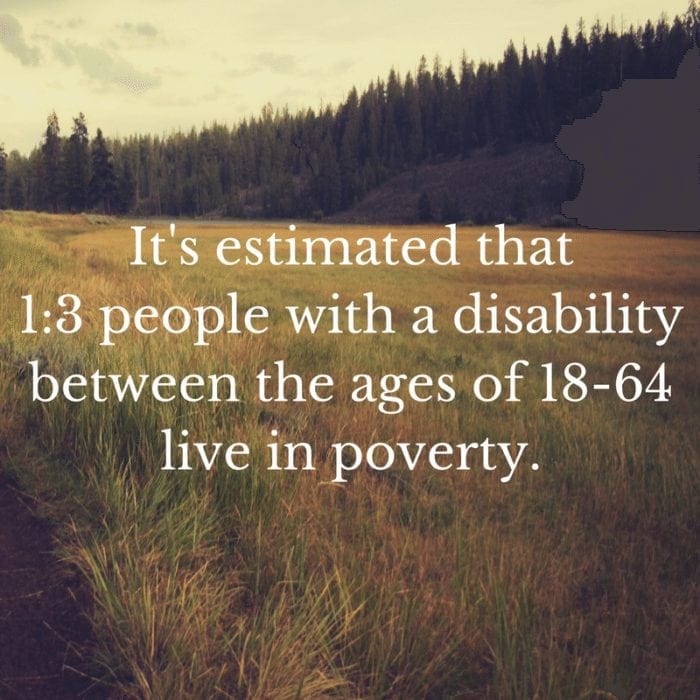Braille Literacy Statistics and How They Relate to Equality
Published onBraille Literacy- For Many it’s the Difference Between Employment and Poverty
When you hear about civil rights, equality, nondiscrimination, civil liberties and the like you are probably thinking about race and gender; but does disability come to mind? Especially, when it comes to employment and poverty. Here are some facts to consider when looking at equality and civil rights and liberties regarding people who are blind.
General Statistics on Blindness
- The World Health Organization (WHO) estimates that there are 45 million people who are blind or visual impairments that cannot be corrected with lenses.
Poverty Related Statistics
- It is estimated that 1:3 people who have a disability between the ages of 18 and 64 live in poverty.
- The percentage of adults ages 18-64 living with a disability and in poverty is 28.2% versus 13% of people living in poverty (18-64) without a disability. The number is staggering at a 15.2% difference.
- 65% of people were not living in poverty prior to their disability.
- In 2011 the Organization for Economic Cooperation and Development stated, America is the only free market where the current generation is less educated than the last generation.
Braille Literacy Statistics
- The American Printing House for the Blind polls each state for data on children between the ages of 4 and 21. Their results are alarming, it is estimated that 60,400 students are attending public schools or public ran programs. Here is a breakdown of the literacy percentages for these children:
- 34.8% of students are identified as non-readers
- 9.2% of students are defined as auditory readers
- 18.3% of students are pre-readers (learning the reading basics)
- 29.2% of students are defined as print readers
- 8.5% are identified as Braille readers
- Literacy goes beyond being able to read and write.
- Literacy is the ability to use available symbol systems that are fundamental to learning and teaching – for the purposes of comprehending and composing—for the purposes of making and communicating meaning and knowledge. -Patricia Stock, Professor Emerita, Michigan State University (June, 2012)
- 75% of people who are illiterate are on government assistance (The Literacy Project).
- In 1960 over 50% of students who were blind were literate in Braille.
Literacy is Crucial for Employment
- Literacy is key for successful employment. The US Department of Labor has sited literacy problems as a $225 billion cost in loss of productivity, injuries and mistakes in businesses.
- 70% of adults who are blind are unemployed.
- 50% of High School students who are blind dropout before graduating.
Students who are blind and have low vision should be afforded the same rights as their peers. Poverty in the blind community is preventable by education. Literacy is the key to preventing poverty in the blind community. Literacy is the key to equality and providing people who are blind their civil rights.
References, Resources and Additional Information
Categorized in: Accessibility, Informational
This post was written by





Comments are closed here.